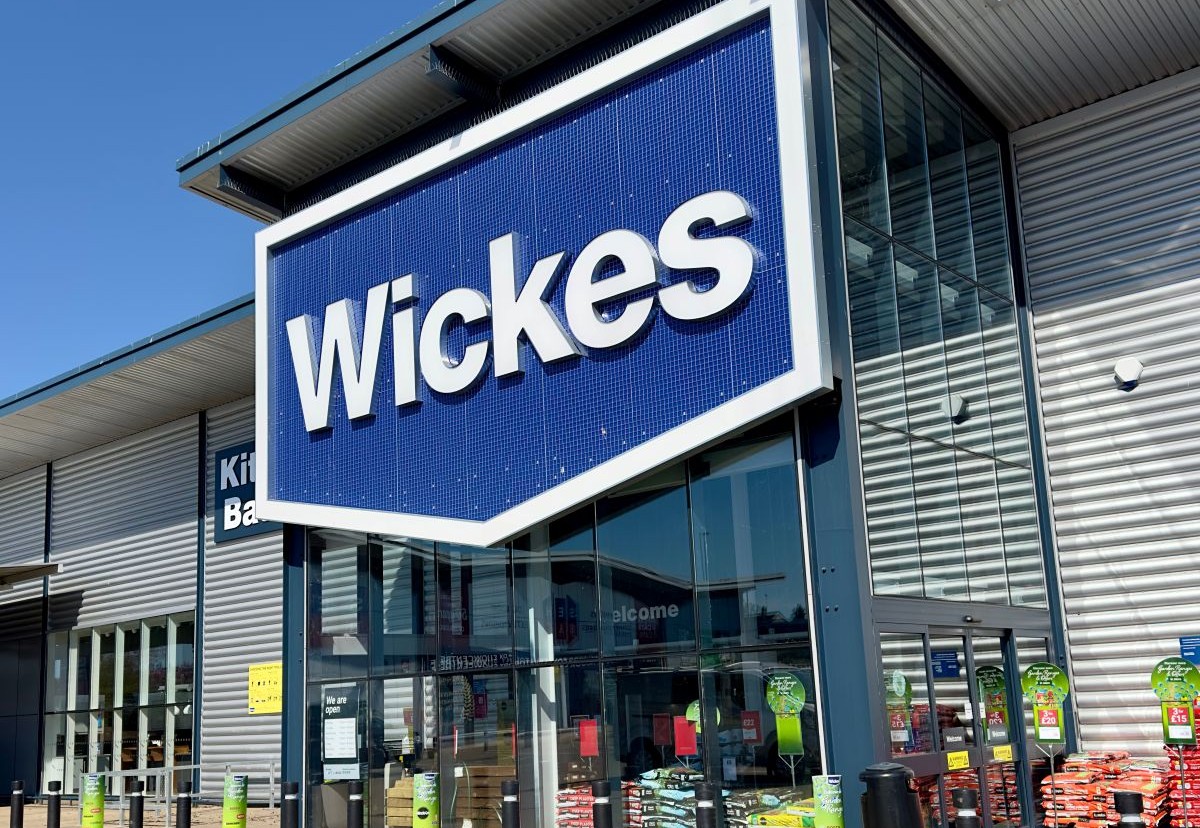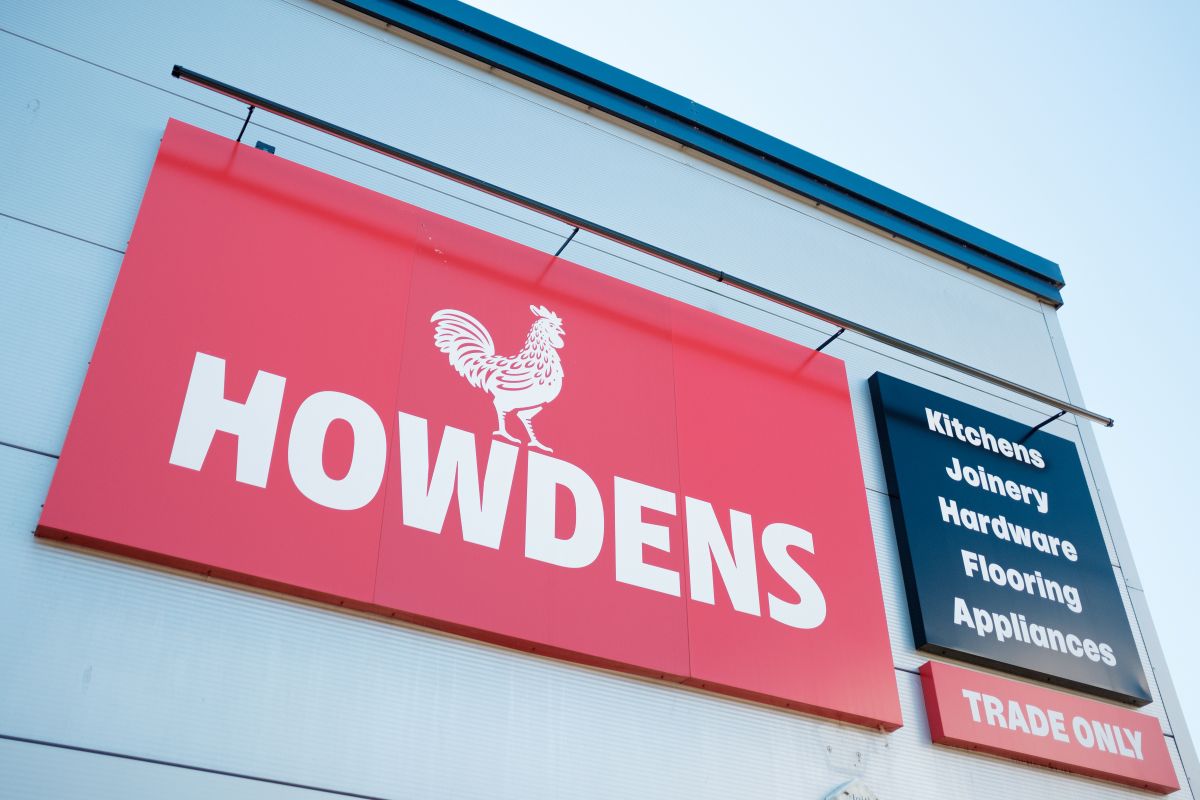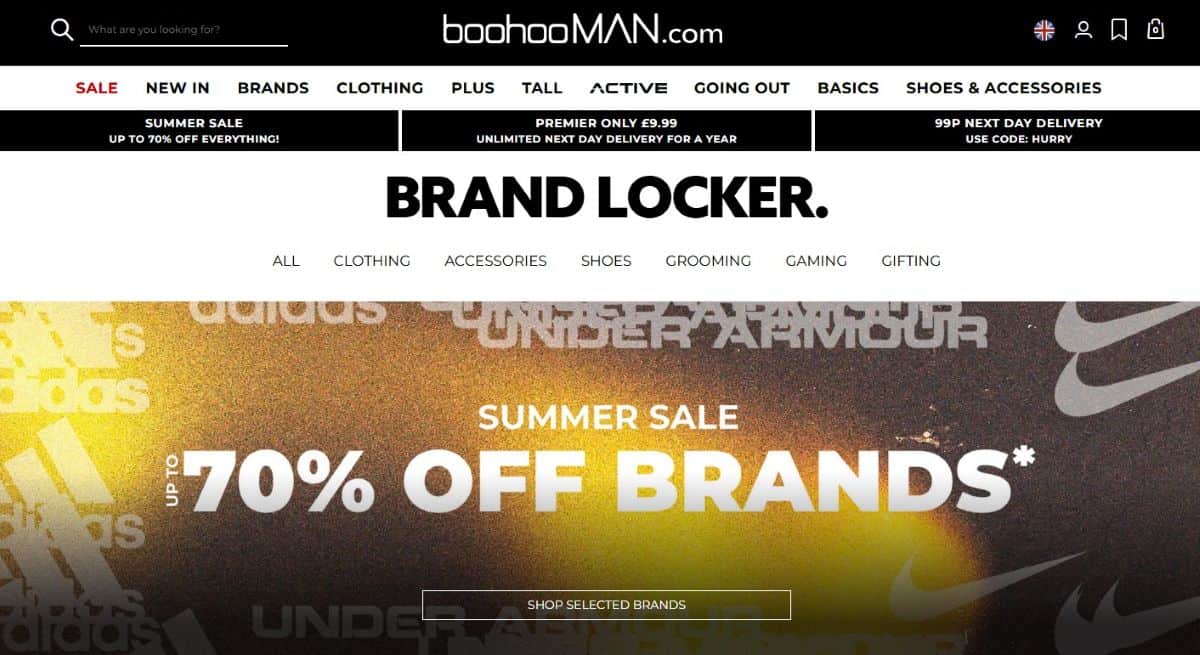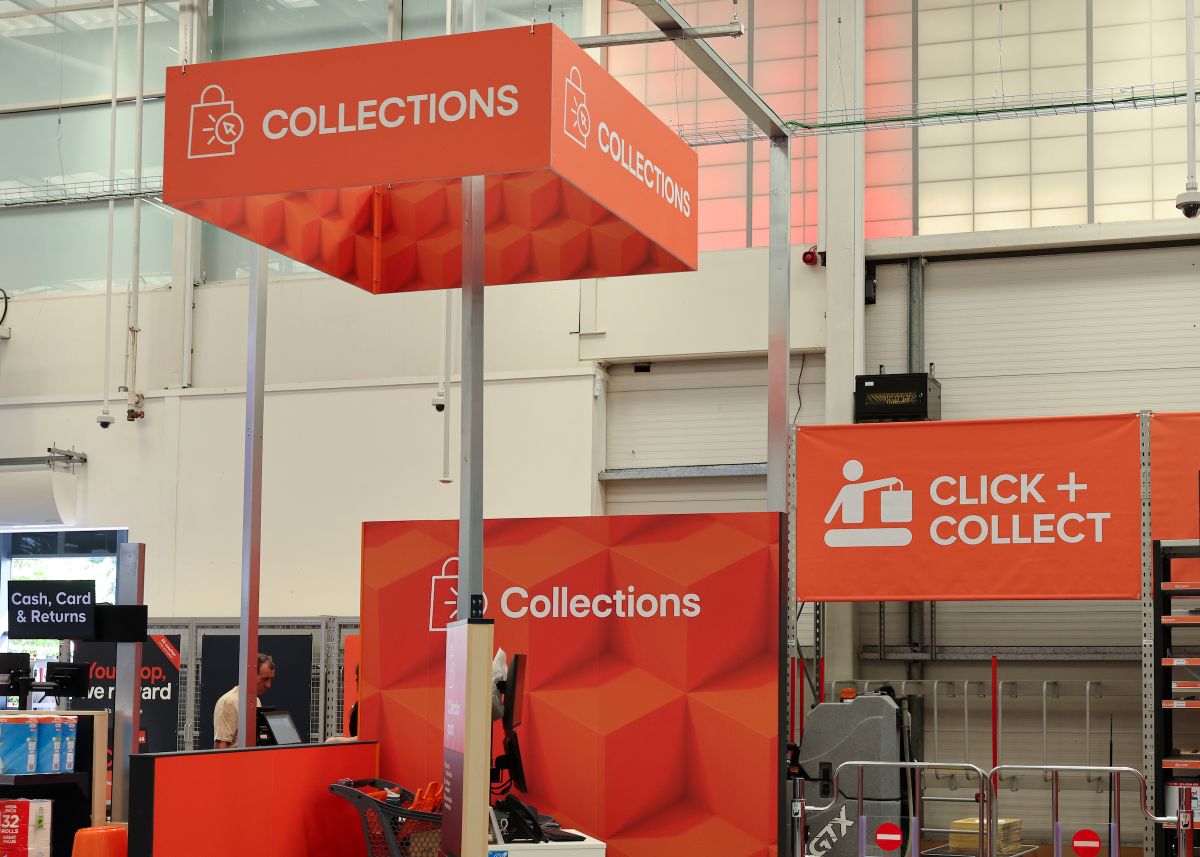Global online spending is expected to hit $910bn this peak season, up 11% year-over-year (YoY), and leading to as much as $4trn being spent online across the whole of the year – both new records.
However, logistical issues are likely to see them forced to spend up to 9% more for goods than last year, while discounting is likely to be far lower across Black Friday and Cyber Monday.
Research from Adobe – which looked at more than 1 trillion visits to US retail sites, 100 million SKUs, and 18 product categories, with global views based on transactions in more than 100 countries across three regions — suggests that, as ecommerce becomes more ubiquitous, the major shopping days are losing prominence.
Cyber Week (Thanksgiving through Cyber Monday) is expected to drive $36bn in online spending —17% of the entire holiday season. The growth is slowing, however, coming in at just 5% YoY for the 5-day period and less than the season overall at 10% YoY.
Adobe also predicts that Cyber Monday to drive $11.3bn (up 4% YoY) and remain the biggest day of the season (and year), with Black Friday coming in at $9.5bn (up 5% YoY) and Thanksgiving at $5.4bn (up 6% YoY). All three major shopping days are growing less than the season overall.
This dilution of peak days is backed up by separate research from Fluent commerce, which suggests that shoppers are starting earlier with their peak shopping. In the US, nearly a third (28%) plan to start before November, with more than half before Black Friday. UK shoppers are less likely to start as early, but around a fifth (21%) say they plan to start their holiday shopping before November, and 42% before Black Friday.
“For many consumers, October is clearly the new November when it comes to holiday season shopping and they are looking to get organised early and hunt down bargains before the traditional rush in November and December,” comments Nicola Kinsella, vice president, global marketing, Fluent Commerce. “As a result, retailers need to ensure their processes and critical technologies are agile enough to meet demand and continue to give consumers the kind of high quality shopping experiences that have become so crucial to omnichannel retail success.”
Supply chain challenges hit discounts
Surging consumer demand for online shopping is happening as retailers contend with dire supply chain challenges, from crowded ports and cargo delays, to disruptions in overseas manufacturing.
Shoppers are feeling the impact. Compared to a pre-pandemic period (Jan 2020), the prevalence of out-of-stock messages has risen a whopping 172% going into the holiday season. Adobe expects it to remain at this level, increasing for certain products throughout the season. Of the 18 categories tracked by Adobe, apparel has the highest out-of-stock levels currently, followed by sporting goods, baby products, and electronics.
A weakened supply chain is also driving up prices online. Adobe expects US consumers will pay 9% more on average during Cyber Week this year, compared to the last holiday season. This is the result of smaller discounts, on top of e-commerce inflation that has persisted through the year. Adobe forecasts discounts will be in the 5% to 25% range across categories this season, compared to a historical average of 10% to 30%. This is happening as pricing levels have been elevated: Inflation in e-commerce has been observed since June 2020 (16 consecutive months) with online prices up 3.3% going into the holiday season (Sept 2021).
In past years, online prices were down 5% YoY on average prior to the shopping season. E-commerce prices have not risen as quickly as offline prices however, with the latest Consumer Price Index up 5.4% YoY (Sept 2021).
“We are entering a second holiday season where the pandemic will dictate the terms,” says Patrick Brown, vice president of growth marketing and insights, Adobe. “Limited product availability, higher prices, and concerns about shipping delays will drive another surge towards e-commerce, as it provides more flexibility in how and when consumers choose to shop.”
Spending and payments
Looking at consumer spending plans, UK consumers are resigned to having to pay more, with 22% budgeting for a higher spend this Christmas than last, according to Fluent’s research. In the US, almost a third of shoppers plan to spend more than they did last holiday season, with 17% saying they will spend much more, finds Fluent’s research.
There is also an emerging generation spending gap, with half of US and UK consumers who are considered Generation Z — specifically, those between the ages of 18-24 — planning to spend more on their holiday shopping this year versus last year.
Asked about their plans to shop in-store verses online, 17% of US and 11% of UK consumers plan to do all of their holiday shopping in-store. In addition, over three-quarters of US consumers and nearly 9 in 10 of U.K. consumers plan to do at least some of their holiday shopping online, with women favouring online more than men.
According to Adobe, a greater chunk of this spending will done with new payment tools, which consumers are actively embracing – particularly Buy Now Pay Later (BNPL) as a way to free up cash this holiday season. Online revenue from BNPL this year has been 10% higher than 2020 and 45% higher than 2019, it finds.
Shoppers are also using BNPL for increasingly less expensive orders, with the minimum order value dropping 12% YoY to $225. In the Adobe survey, 25% of respondents said they have used BNPL in the last 3 months, with apparel (cited by 43%), electronics (33%), and groceries (30%) as the top categories.
What are they buying and when?
Based on Adobe data, along with analysis of market trends and social media buzz, the top toys this season are expected to be the Tamagotchi Pix, Pop Fidget, Got2Glow Fairy Finder, Baby Yoda, and Gabby’s Dollhouse.
Top gaming devices include the Nintendo Switch OLED, PlayStation 5, Xbox Series S/X, and Stream Deck. Top games are expected to be Metroid Dread, Battlefield 2042, Pokemon Brilliant Diamond & Shining Pearl, Halo Infinite, and FIFA 22; Other top gifts include Airpods Max, smart mugs, Instant Pot, air fryers, smart water bottles, drones, and record players.
As consumers spend more time at home and sit in front of laptops for work, growth of smartphone driven shopping has hit a ceiling. Adobe expects smartphones to account for 42% of overall revenue this season ($86 billion), a modest 5% increase from 2020.
More time spent at home has also driven interest in larger TV screens, as people look to replicate the theatre experience at home. TVs in the 70-79 inch range hit 22% of sales in 2020, up from 16% in 2019 and 9% in 2018; 80-inch (and larger) sets hit 3% of sales in 2020, up from 1% in 2019 and 1% in 2018.
On average, Adobe predicts that a consumer in the US will spend 12 full hours shopping online this holiday season. During the “golden hours” of ecommerce (7:00–11:00 pm PT on Cyber Monday), shoppers will spend nearly $3bn online ($2.9B) in just 4 hours, 50% more than a typical full day in August 2021 ($1.9bn). In the peak hour of Cyber Monday (8:00–9:00 pm PT), consumers will spend over $12 million every minute.
While more than half of respondents (51%) plan to purchase physical goods as gifts for others this holiday season, nearly one-fifth (17%) plan to gift an experience instead. Top categories include spa treatments (cited by 25%), concert tickets (25%), sporting event (22%), plane tickets (21%), and cooking classes (16%).









